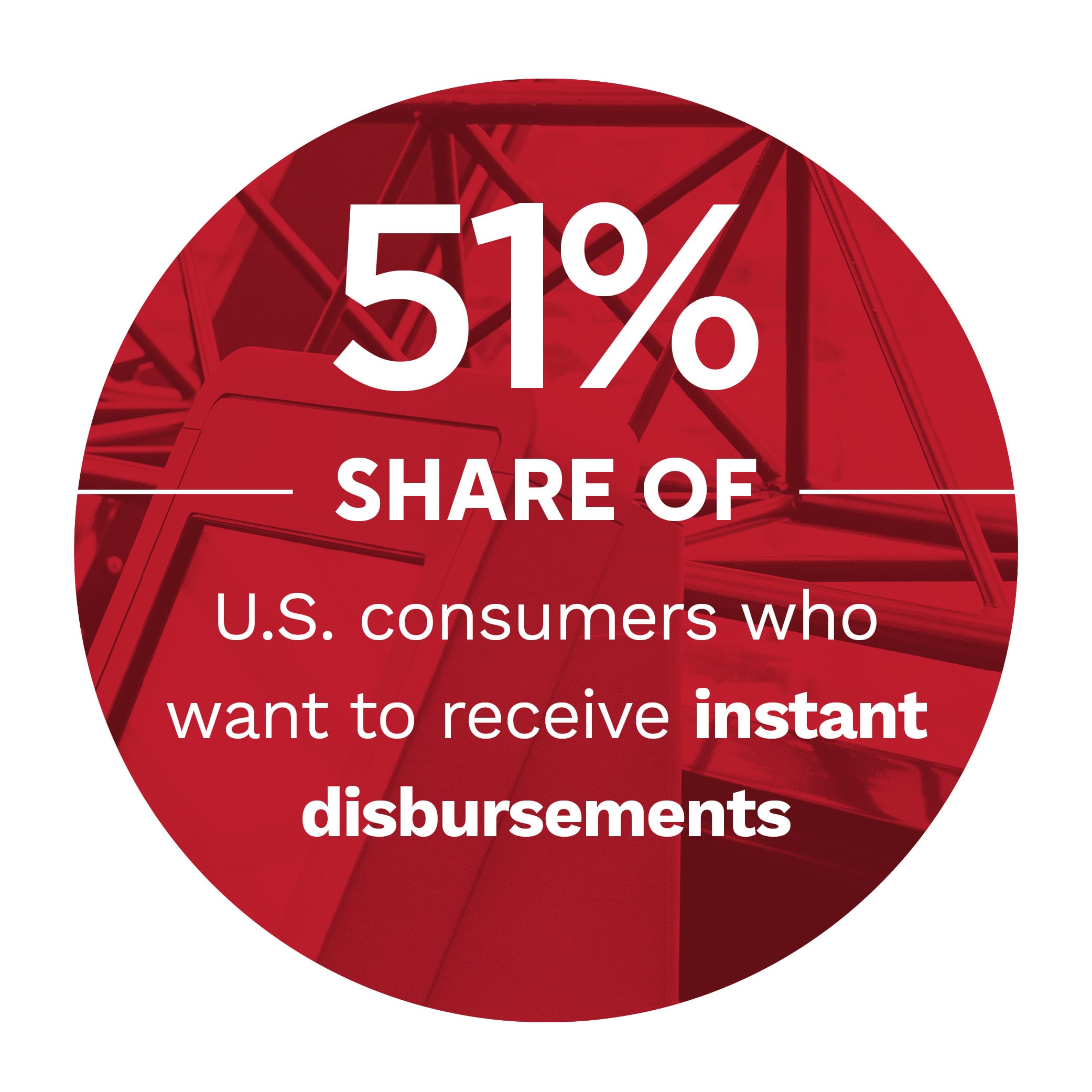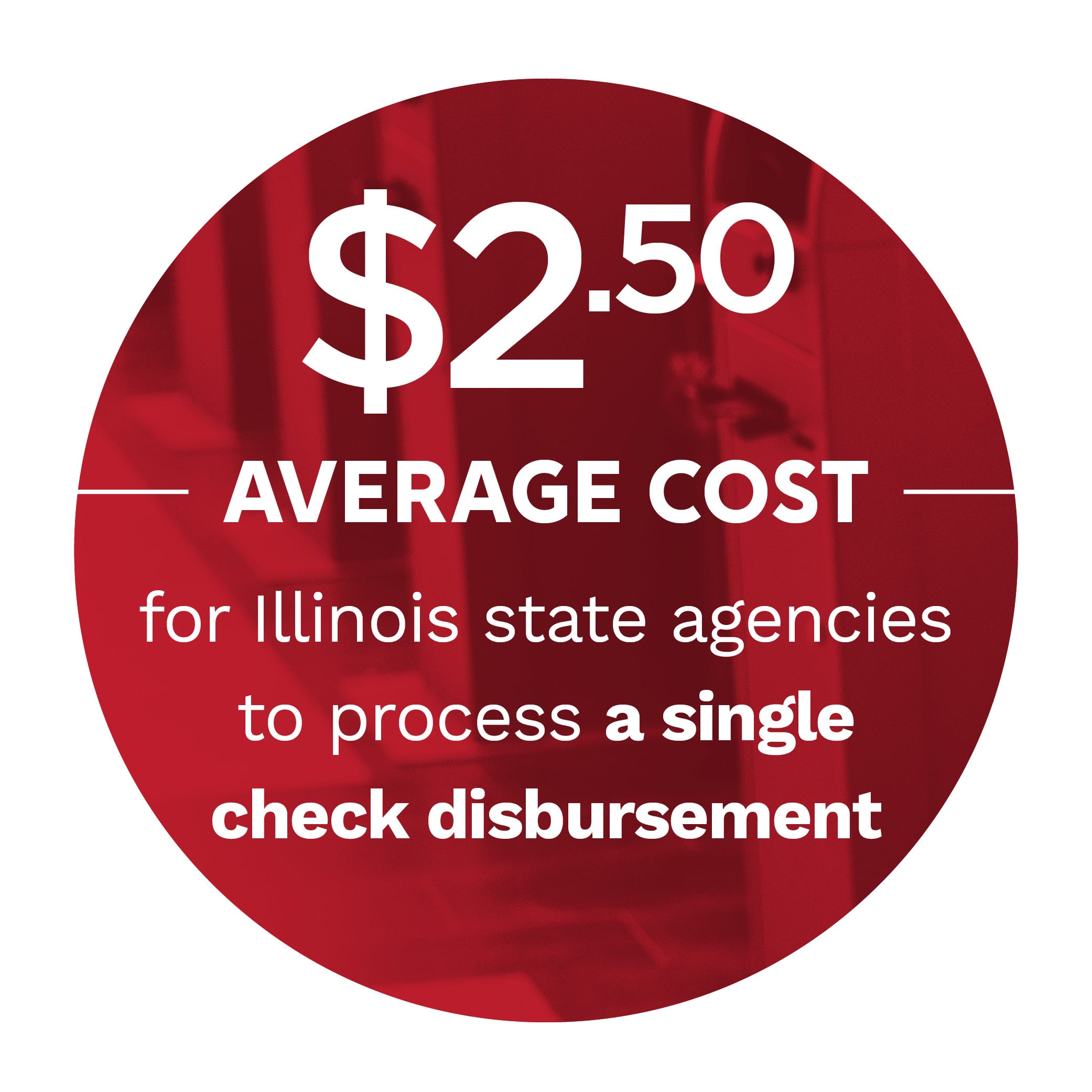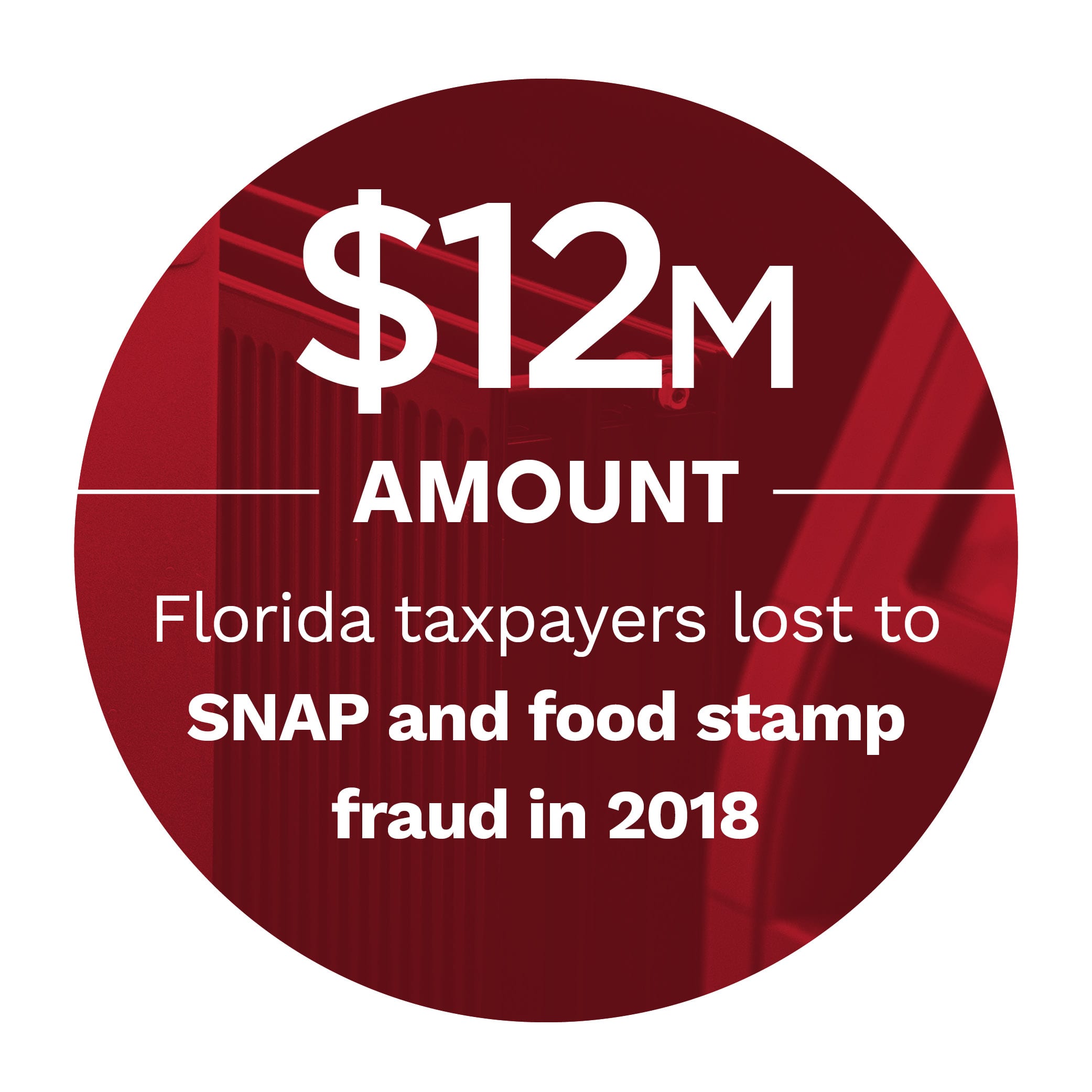Instant payments are lauded for their convenience, ease and most importantly, for their speed. Fifty-one percent of United States consumers stated in the most recent PYMNTS Disbursements Satisfaction Report that they would prefer to receive tax refunds, child support payments and other government payments through instant payout methods.
 Governments at the state and local level are having trouble meeting this need, however, as they must also balance regulatory compliance standards against the desires of their in-state residents. Many local governments are still relying on checks for many of the disbursements they send out, to the frustration of both the agencies themselves and the end recipients. Digital disbursement innovation is picking up speed in certain states, luckily, as digital payment technology becomes more readily available and less costly.
Governments at the state and local level are having trouble meeting this need, however, as they must also balance regulatory compliance standards against the desires of their in-state residents. Many local governments are still relying on checks for many of the disbursements they send out, to the frustration of both the agencies themselves and the end recipients. Digital disbursement innovation is picking up speed in certain states, luckily, as digital payment technology becomes more readily available and less costly.
In the State And Local Government Disbursements Report, PYMNTS examines the current state of disbursement innovation and reform for U.S. government departments. The Report also looks at how instant payments could reduce costs and improve relations between local government departments and residents.
Around The Government Disbursements Space
 The state of Illinois is still considering digital disbursements, though innovation remains slow. State and local agencies sent out more than $1.3 billion in check disbursements in 2018, significantly costing these departments. Studies show that digital disbursement methods could reduce these costs as well as make payments more efficient within Illinois, but the state also has to balance its budget and the security measures it will need to take for online payments before modernizing.
The state of Illinois is still considering digital disbursements, though innovation remains slow. State and local agencies sent out more than $1.3 billion in check disbursements in 2018, significantly costing these departments. Studies show that digital disbursement methods could reduce these costs as well as make payments more efficient within Illinois, but the state also has to balance its budget and the security measures it will need to take for online payments before modernizing.
Innovations in this area are moving slightly faster in Idaho, which has been slowly introducing digital disbursements to a few programs. The Idaho Department of Health and Welfare is allowing residents to schedule and receive reoccurring payments to their credit or debit cards in a bid to simplify the child support payment process. The department requires parents to input their Social Security numbers and other identifiers to ensure payments are heading to the right people.
Online payments are taking small steps forward for several government agencies at the federal level as states examine their potential benefits. The U.S. Department of Veteran Affairs has officially launched the Veterans Benefits Banking Program, allowing veterans to receive disbursements through direct deposit rather than relying solely on check disbursements, which can take weeks to arrive.
To learn more about the latest government disbursement developments, visit the Report’s News And Trends section.
Digital Disbursements’ Slow Growth Across U.S. Government Agencies
 Local and state governments have to approach payment innovation at a slower pace than technology entrepreneurs or retail payment providers, juggling the need for innovative payments with that of their regulatory compliance requirements. Checks may be slow, but they are compliant, which is why departments like the Oregon Department of Revenue, the Tennessee Department of Revenue and the Texas Comptroller of Public Accounts are still utilizing checks for many of their in-state disbursements to residents. PYMNTS spoke with representatives from all three offices to get a sense of how instant payment and innovative disbursements are progressing within the state. To learn more about the state of disbursements for these local agencies and how that is changing, read the Report’s Feature Story.
Local and state governments have to approach payment innovation at a slower pace than technology entrepreneurs or retail payment providers, juggling the need for innovative payments with that of their regulatory compliance requirements. Checks may be slow, but they are compliant, which is why departments like the Oregon Department of Revenue, the Tennessee Department of Revenue and the Texas Comptroller of Public Accounts are still utilizing checks for many of their in-state disbursements to residents. PYMNTS spoke with representatives from all three offices to get a sense of how instant payment and innovative disbursements are progressing within the state. To learn more about the state of disbursements for these local agencies and how that is changing, read the Report’s Feature Story.
The U.S. Instant Payments Struggle
Digital disbursement methods are steadily growing more popular, but local governments have more than just consumer perception to worry about when innovating their payment processes. Checks and other slower payout tools persist, as these agencies must balance the need for faster disbursements with new state and federal innovations as well as the cost and time it will take to upgrade their systems. These and other challenges may be preventing government departments of this level from supporting instant payments, instead of clinging to checks. To learn more about why local governments are finding it difficult to let go of checks, visit the Report’s Deep Dive.
About the Report
The State And Local Government Disbursements Report, a collaboration between PYMNTS and Mastercard, examines how disbursement innovation is progressing inside of the U.S. as more end consumers ask for faster and more convenient payments from their in-state government agencies.

